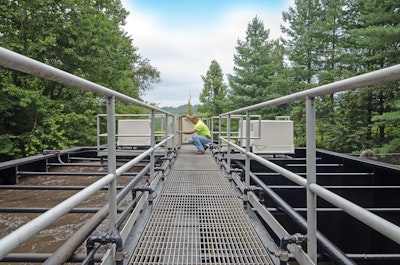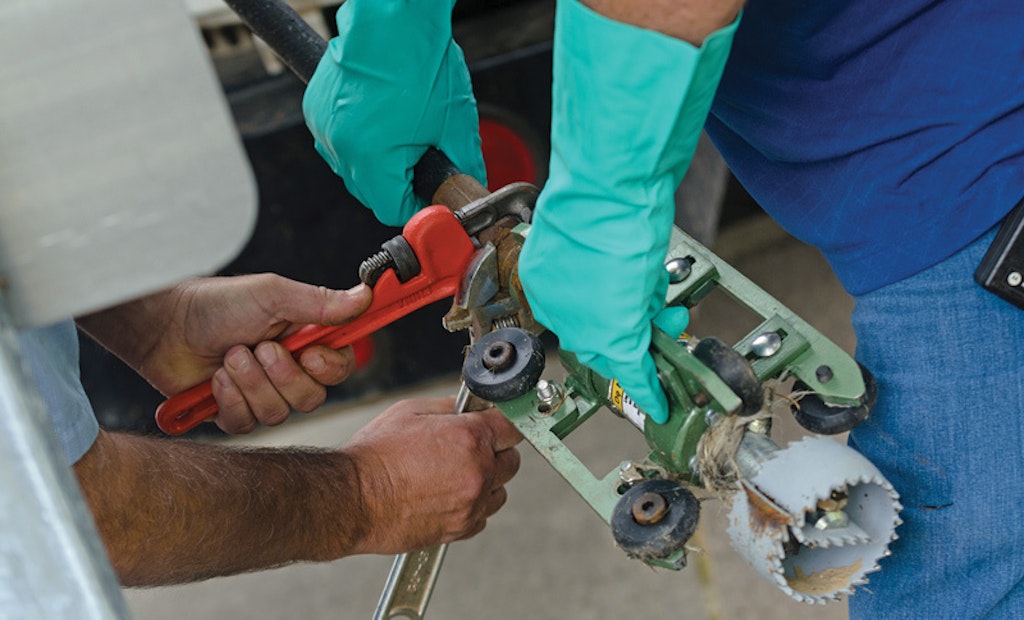In August 2012, Danbury, N.C., became the first U.S. city to formally contract ice pigging service to clean its water mains. The technique employs the friction of ice slurry to remove impurities such as biofilm, iron and manganese sediment from water pipes, without the use of...
Ice and Clean
Danbury, N.C., successfully gambles on ice pigging to clean its distribution pipes and solve water quality problems.
Popular Stories
Discussion
Comments on this site are submitted by users and are not endorsed by nor do they reflect the views or opinions of COLE Publishing, Inc. Comments are moderated before being posted.












